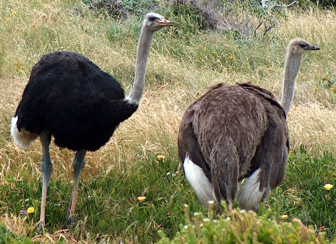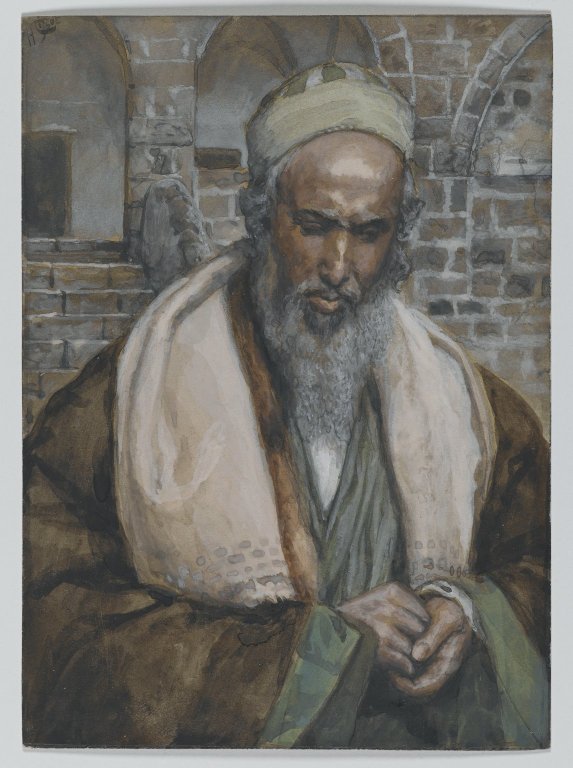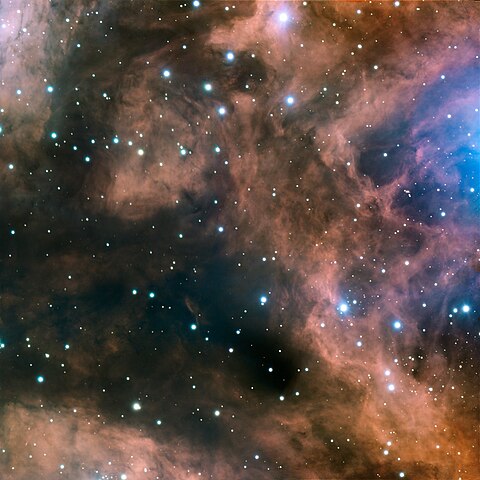We just learned about the little bird called the Kiwi.
The biggest bird in the world is the Ostrich.
It can't fly, but it can run faster than any other bird,
and about twice as fast as a human, at 43 miles per hour!

(from: wikipedia - ostrich)
The ostrich egg is the largest egg of any living bird,
about 10 times bigger than a chicken's egg.

(from: wikipedia - egg (food))
Sometimes if an ostrich is frightened, it will put it's head low to the ground,
so that from far away it just looks like a large pile bush instead of a big bird!








